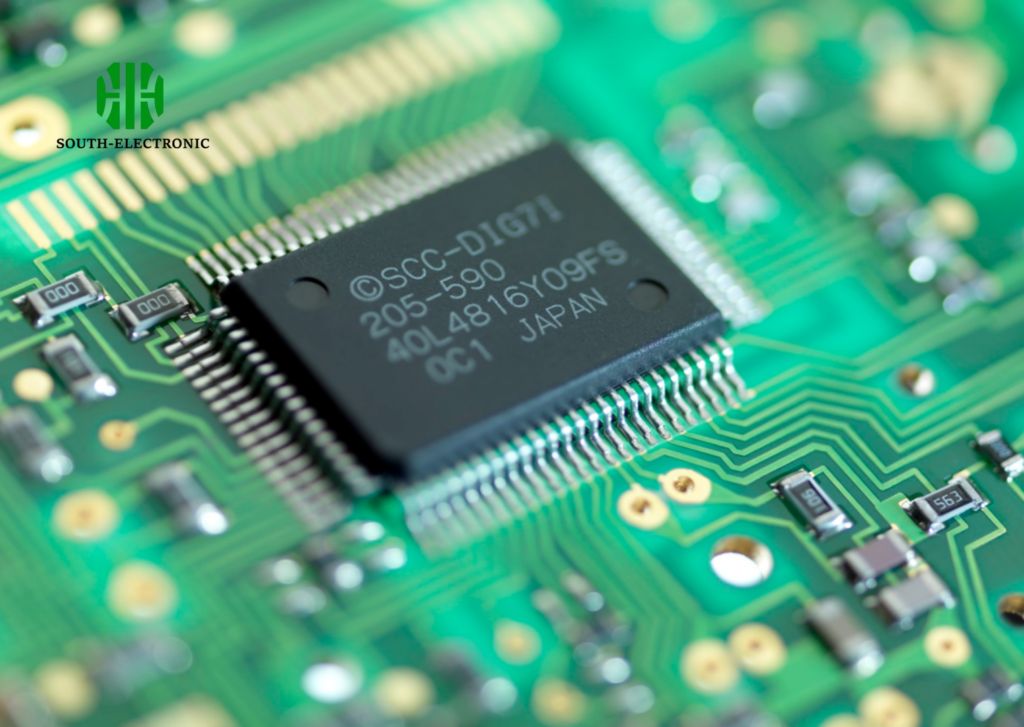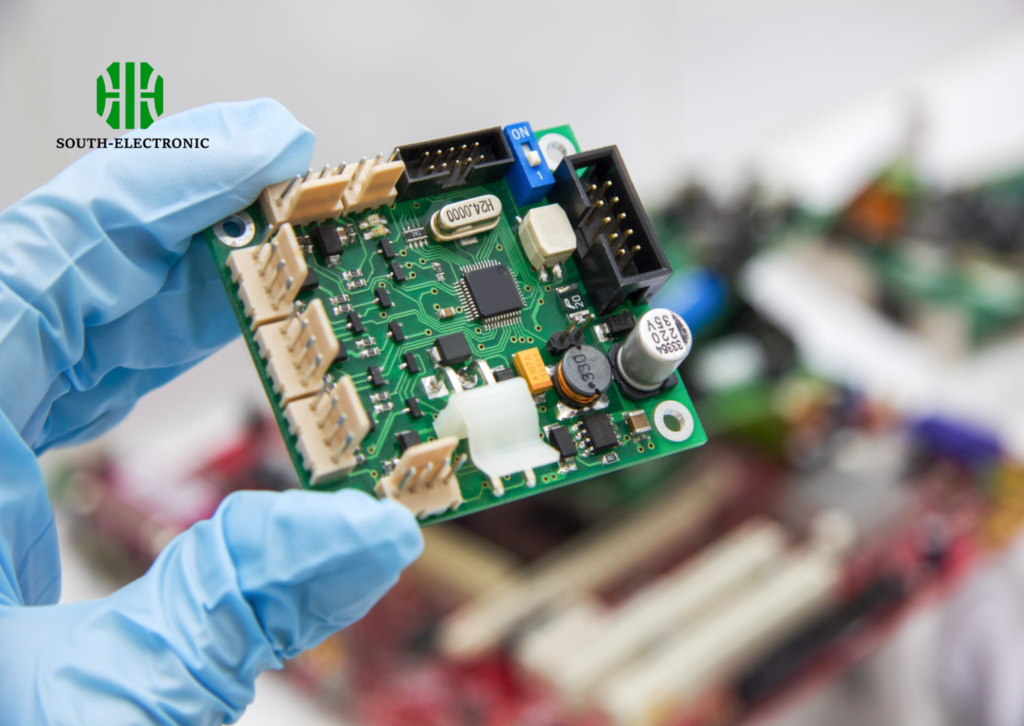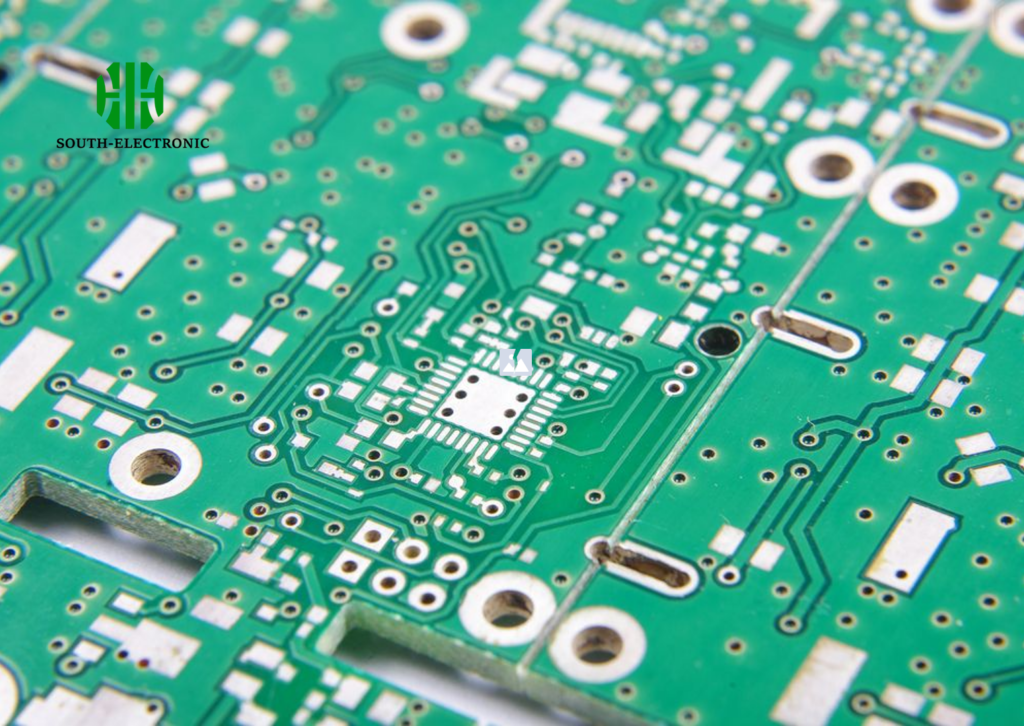What is the Difference Between Integrated Circuits and PCBs?
ICs are tiny electronic circuits with components like transistors and resistors on a chip. They're small and reliable. On the other hand, PCBs are platforms that support and connect different components, including ICs, with conductive pathways etched on a non-conductive substrate.
Let's delve deeper into the specific roles and features of ICs and PCBs to clarify their differences and applications.

What is an Integrated Circuit?
ICs are the heart of modern electronics, cramming a bunch of parts onto a tiny chip. Those parts are made on silicon and other materials and can do everything from simple amplification to complex calculations. ICs have changed electronics by making things smaller and more reliable.
Key Features of Integrated Circuits:
- Compactness: ICs integrate multiple functions into a single chip, significantly reducing size.
- High Reliability: Fewer connections mean fewer potential points of failure.
- Low Power Consumption: Efficient design leads to energy savings.
- Cost-Effectiveness: Mass production and material efficiency lower costs.

What is a PCB?
PCBs are the foundation of electronic devices. They hold all the parts and connect them together. A PCB has a few different layers. The main ones are the substrate, the traces, and the solder mask. The substrate is the base layer that everything else sits on. The traces are the wires that connect all the parts together. The solder mask is a protective layer that keeps the wires from touching each other. PCBs can have one layer, two layers, or many layers, depending on how complicated the device is.
Key Features of PCBs:
- Versatility in Design: PCBs can be tailored to specific applications, supporting a wide range of components and configurations.
- Durability: Made from robust materials, PCBs can withstand physical stresses.
- Ease of Repair and Maintenance: Components on a PCB can often be replaced or repaired, extending the device's lifespan.
- Scalability: Suitable for both small-scale prototypes and large-scale production.

Comparing Integrated Circuits and PCBs
ICs and PCBs go hand in hand in electronic systems. ICs are the brains of the operation, providing the processing power or specific functions needed. PCBs are the backbone of the system, organizing and connecting all the components, including ICs, capacitors, resistors, and more. ICs are mounted onto PCBs, which distribute power and signals to all the different components, making sure everything works together smoothly.

Basically, integrated circuits (ICs) are the brains of modern electronics. They provide compact and efficient solutions for all kinds of functions. Printed circuit boards (PCBs), on the other hand, are the skeleton. They provide the necessary support and connectivity for all the electronic components. Understanding the roles of ICs and PCBs helps you appreciate the design and functionality of today's electronic devices.



